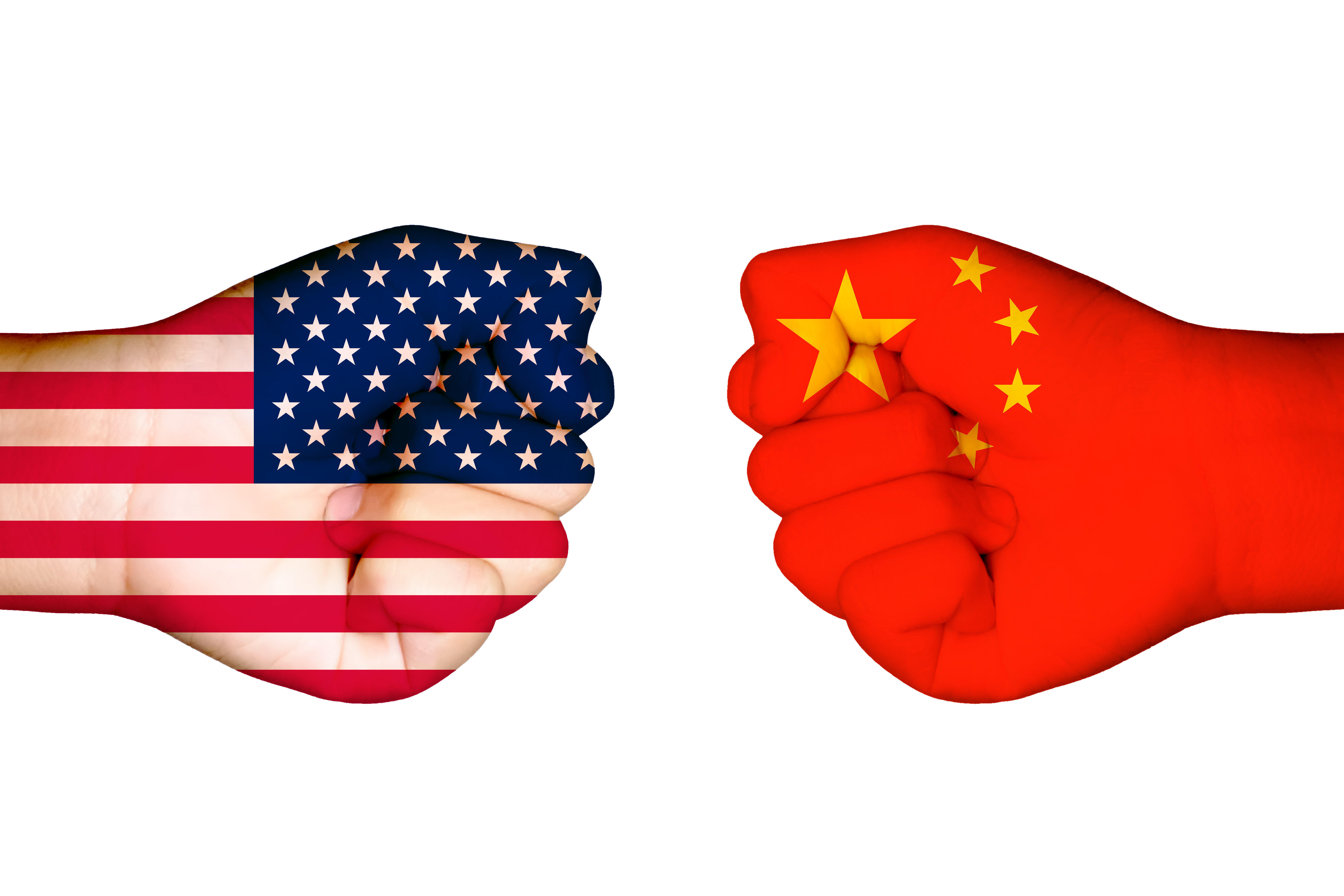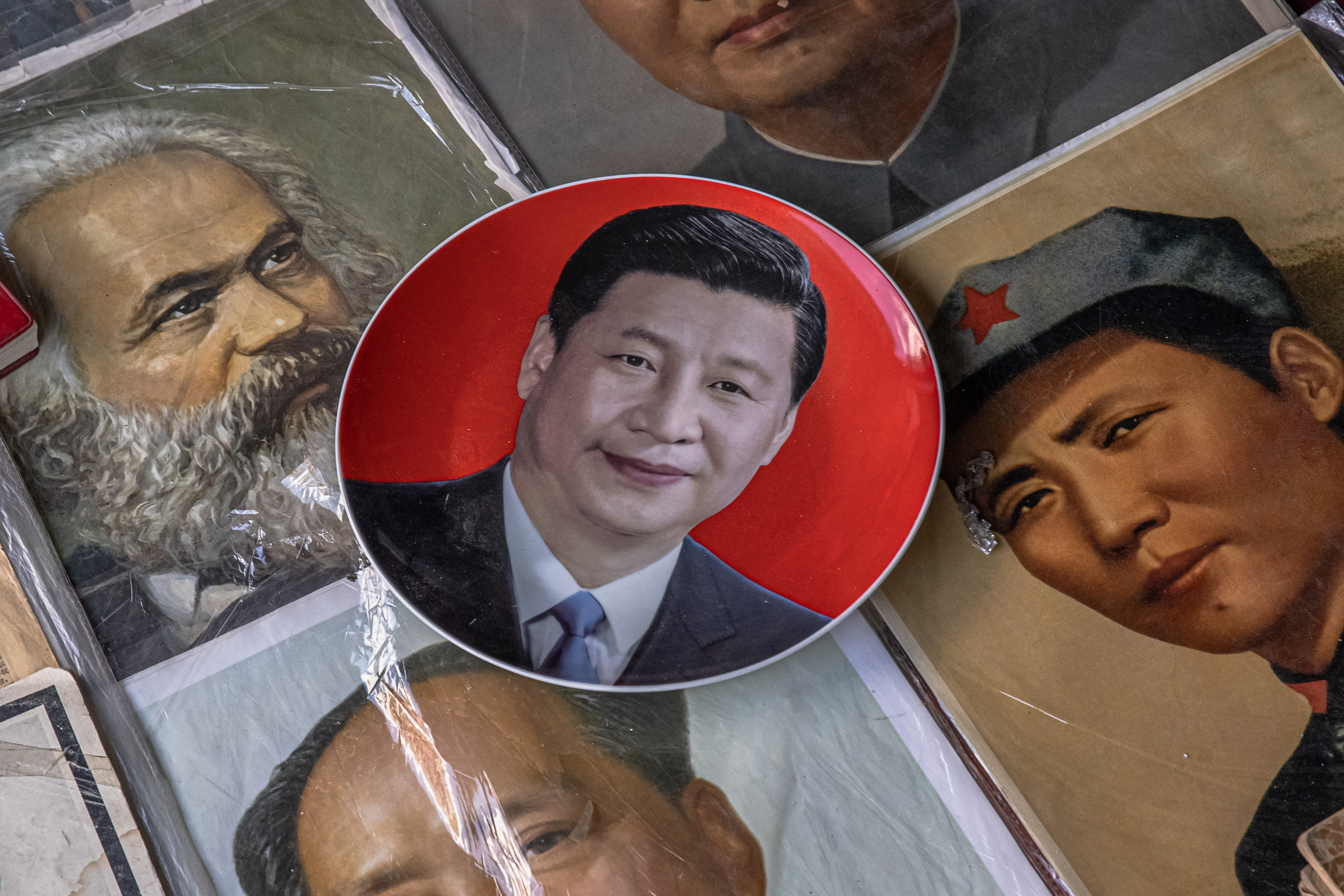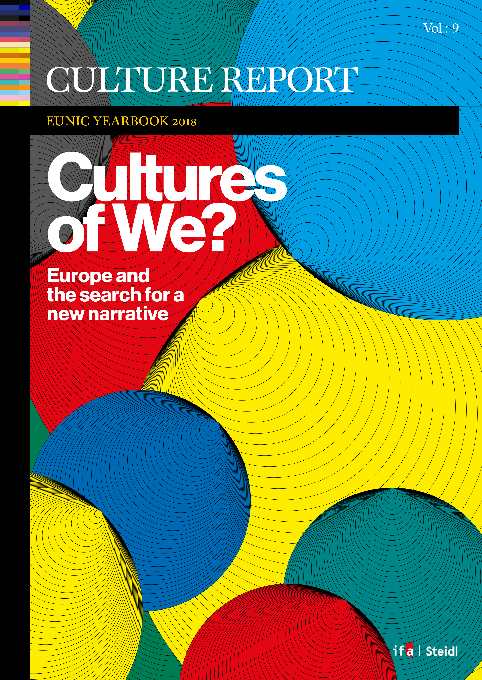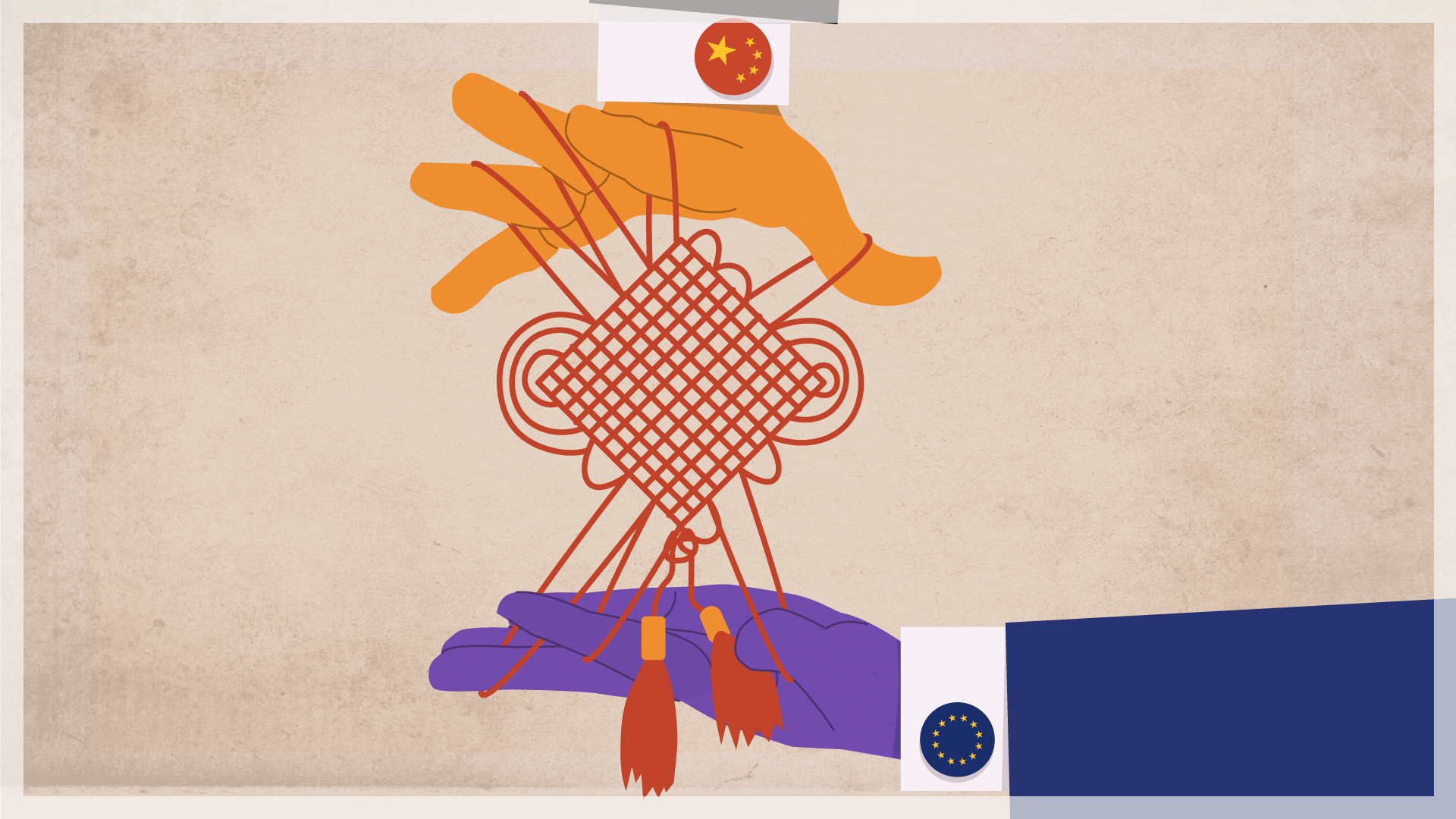The BRI goes further than China’s industrial policy agenda. For the first time. China offers, as President Xi promoted during the 19th National Congress, ‘a new option for other countries and nations who want to speed up their development while preserving their independence’, which is based on ‘Chinese wisdom and a Chinese approach to solving the problems facing mankind’. This new option refers to a multitrillion dollar development programme to boost growth through strategic and cross-border infrastructure projects and the establishment of new economic supply chains that connect China with Europe through the integration of Eurasia.
Domestically, BRI clearly breaks with Deng Xiaoping’s old dictum to ‘keep a low profile and bide your time’, by which he meant that ‘by no means should China take the lead’. For Xi Jinping, China has ‘grown rich and become strong’ and is now ready to take the lead as a ‘constructor of global peace, a contributor to the development of global governance, and a protector of international order’. However, Xi Jinping is not offering to renew the existing U.S.-dominated global liberal order. Instead, with BRI he is proposing an alternative development model that has the potential to become the platform of a new multilateralism.
President Xi mentioned BRI for the first time during his visit to Kazakhstan in 2013, but Western governments only took more serious note of this unparalleled development programme at the inaugural Belt and Road Forum for International Cooperation (BARF) in Beijing in May 2017. While many non-Western high-level participants praised China’s modern Silk Road as the ‘project of the century’, Europeans and Americans are only just beginning to realise its significance. Their scepticism towards China meant that they refused to sign BARF’s joint trade statement.
Xi Jinping is not offering to renew the existing U.S.-dominated global liberal order. Instead, with BRI he is proposing an alternative development model that has the potential to become the platform of a new multilateralism.
These ambitious policy agendas have been defined at a crucial moment. When President Xi assumed office, he saw the need to depart from the previous high-growth, GDP-focused development model and instead focus on rebalancing a debt-driven economy; shifting from rapid to high-quality and sustainable growth; alleviating poverty, especially in previously neglected rural Western regions; and countering high levels of environmental pollution.
At the same time, as Professor Carl Minzner highlights, Xi Jinping faced spreading decay, lack of discipline inside the Communist Party, ideological polarisation, and a looming legitimacy crisis outside the Party. During his first five-year term, Xi Jinping was also fighting widespread corruption while increasingly centralising power for himself and a few trusted aides. The tightening of the party-state apparatus and reinstalling of ‘party discipline’ also marks China’s new era. For President Xi, a strong party and state are deemed necessary to ensure long-term stability and implement those ambitious policy plans. This has culminated in the abolition of the presidential term limit, allowing President Xi to stay in office beyond the usual two five-year terms.
During his first five-year term, Xi Jinping was also fighting widespread corruption while increasingly centralising power for himself and a few trusted aides.
The West has largely received these developments under Xi Jinping with scepticism, hostility, and a steady drumbeat of China-bashing. The Economist denounced Xi Jinping’s strong leadership as a return from ‘collective governance’ to a ‘single man rule’ and stepping from ‘autocracy into dictatorship’. For Carl Minzner, China’s new era ultimately means ‘the end of reform and opening up’. Made in China 2025 is judged as ‘putting industrial policy ahead of market forces’, which will mainly promote the development of indigenous technologies while adding a new set of barriers to foreign competitors. The BRI is denounced as China’s self-serving ‘Marshall Plan’ because it mainly helps to integrate its underdeveloped Western regions, offset industrial overcapacities, secure future international markets, and assert its geopolitical power in Eurasia and other emerging Belt and Road economies.








